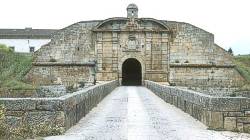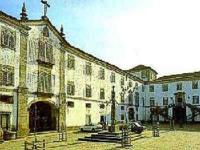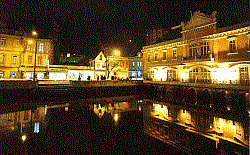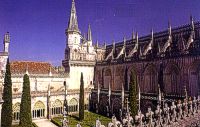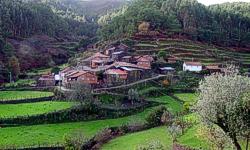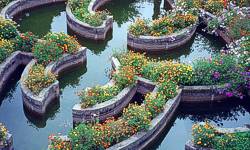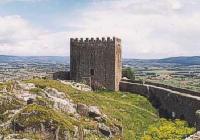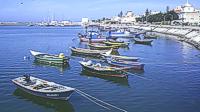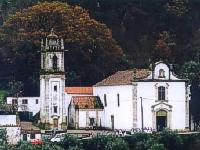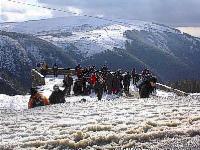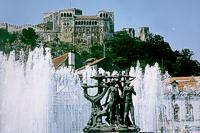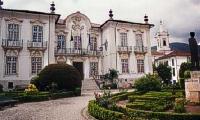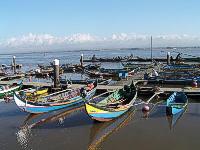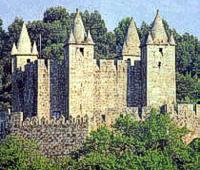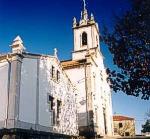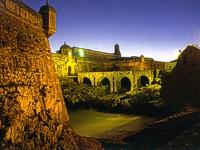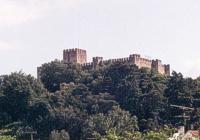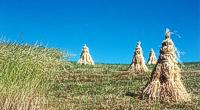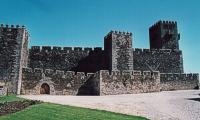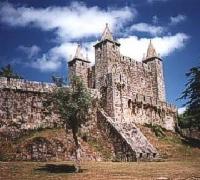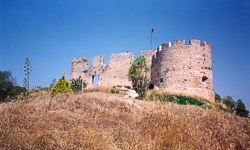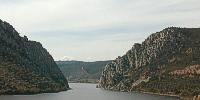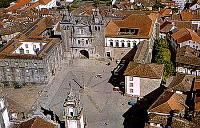|
Tourism
Centre |
| Portugal > Tourism > Centre > Accommodation | |
|
|
In the central section of the Portuguese coastline,
intense reflections on the water lend their name to this happy destination:
Costa de Prata (Silver Coast).
Accommodation | Sightseeing Guided Tours | Places of interest Regional gastronomy | Festivities | Handicrafts |
|
|
|
Located between Lisbon and Oporto, with the country's largest motorway (the A1) crossing it in the north-south direction is Central Portugal and its Silver Coast . The mild temperatures and white sandy beaches offer one the choice between practising water sports and the calm life of the seaside. Guided Tour |
|
The curative springs and the lush vegetation of secular forests have preserved all the rewards of their unspoilt nature. The monasteries, convents, castles, churches, and museums witness the priceless historic and artistic heritage of renowned universal value. As one of the most economically developed regions in the country, Costa de Prata is also home for famous traditional art treasures, such as its porcelain and crystal, as well as its gastronomy, strongly influenced by the sea and counterbalanced by its tasty Bairrada wines and mouth-watering sweets. In the fishing villages or urban historic centres, the kindness of the people is but another asset to add to this bountiful area's vast list of qualities. |
|
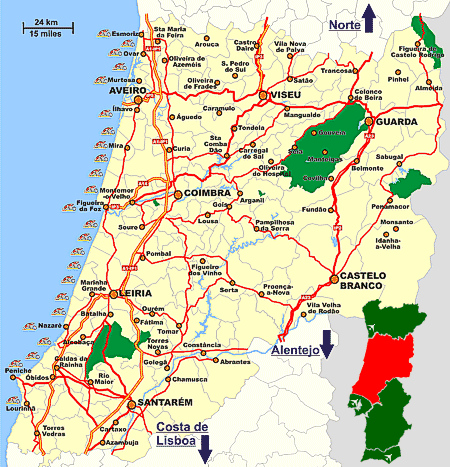
|
| PLACES OF INTEREST |
Guided Tours |
|
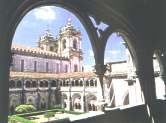 |
|
|
|
|
Accommodation: Pousada da Ria, Hotel As Americas**** |
Guided Tours |
|
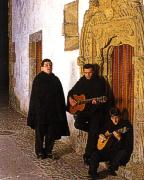 |
|
Accommodation: Quinta das Lagrimas, Tivoli Coimbra |
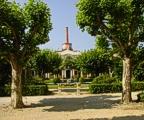 |
|
Accommodation: Grande Hotel da Curia**** |
Guided Tours Accommodation: Estalagem Dom Gonçalo (Inn)**** |
|
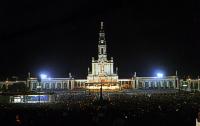 |
It is said to have been the birthplace of a Visigothic king, with its own bishops at the cathedral which was restored in the beginning of the 16th century but still preserves inscribed and sculpted Roman stones. It is worth admiring the Renaissance Mother Church, the 17th-century pillory and the ruined Templar's Tower. Nearest Accommodation: Casa Leao, Casa Gruta (Selfcatering) |
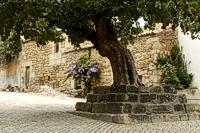 |
|
|
|
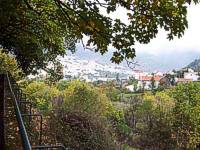 |
|
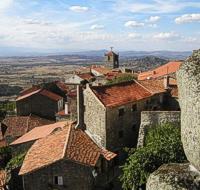 |
|
|
|
Accommodation: Pousada da Ria |
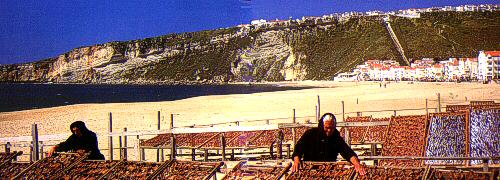
|
Accommodation: Quinta da Princesa do Pinhal (Guest House) |
|
|
|
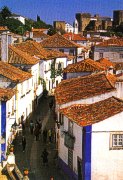 |
|
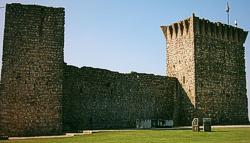 |
|
|
|
Accommodation: Hotel Meia Lua**** |
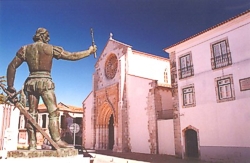 |
|
|

